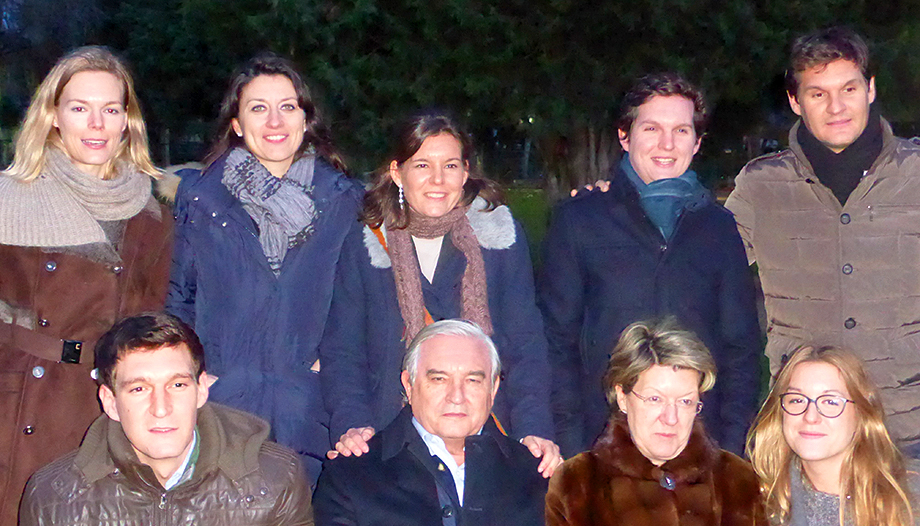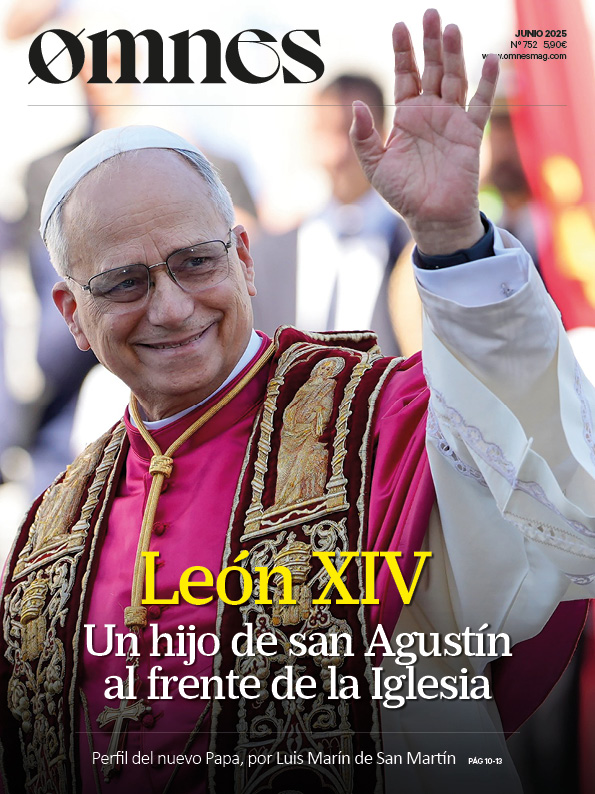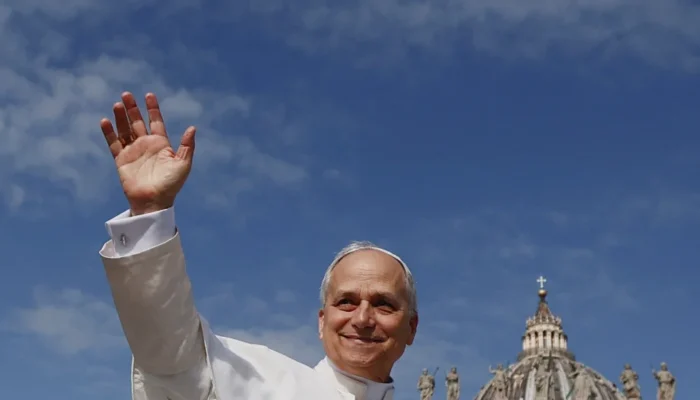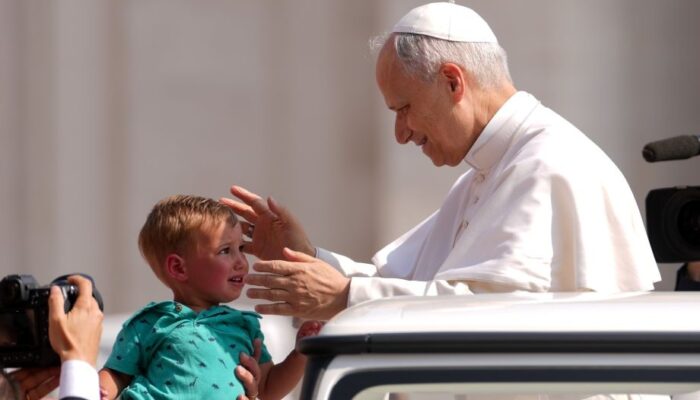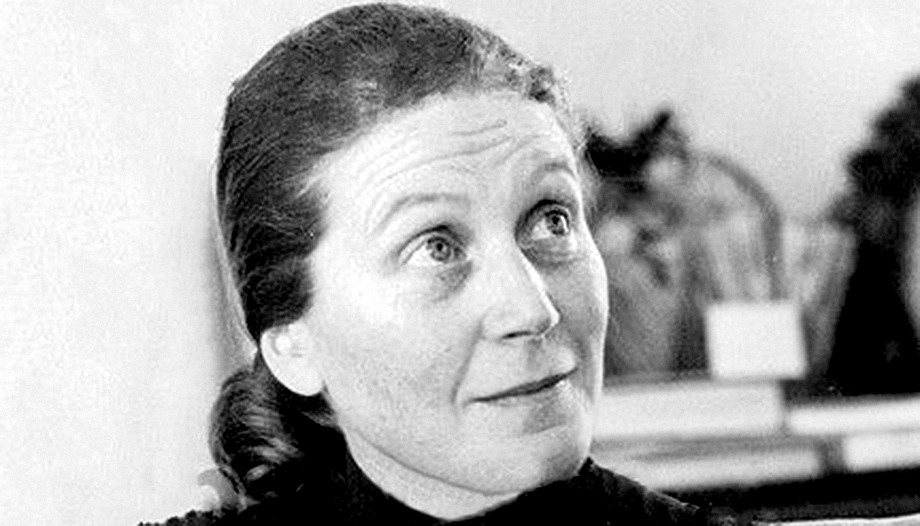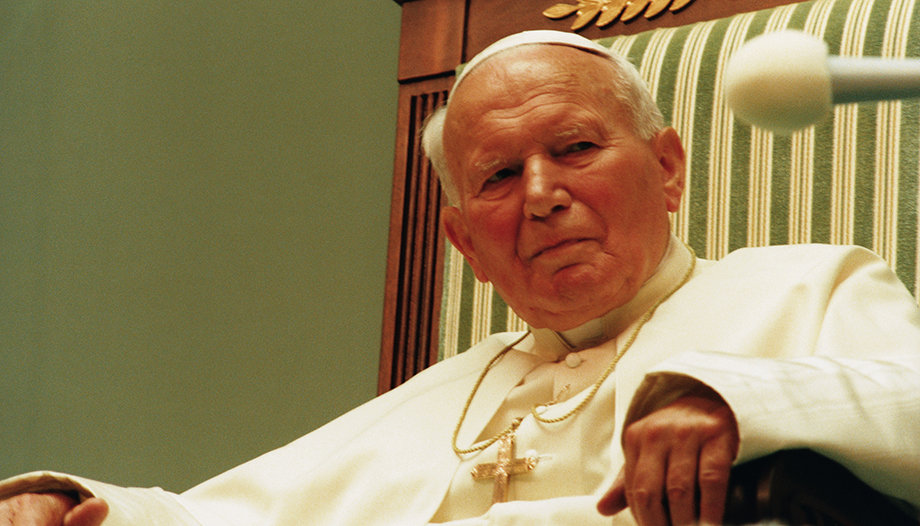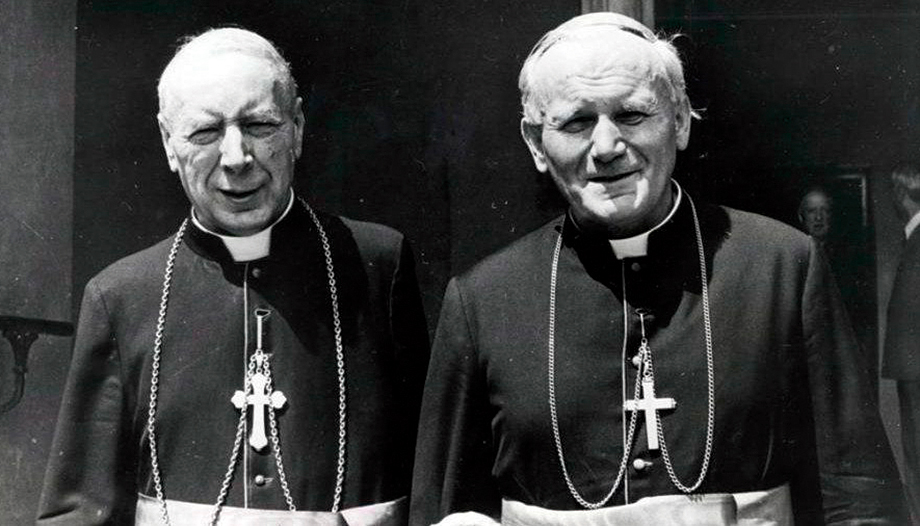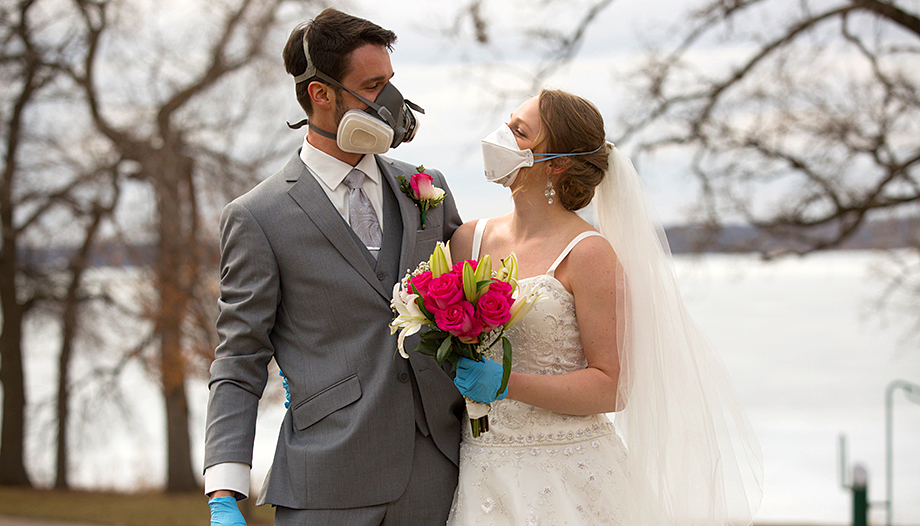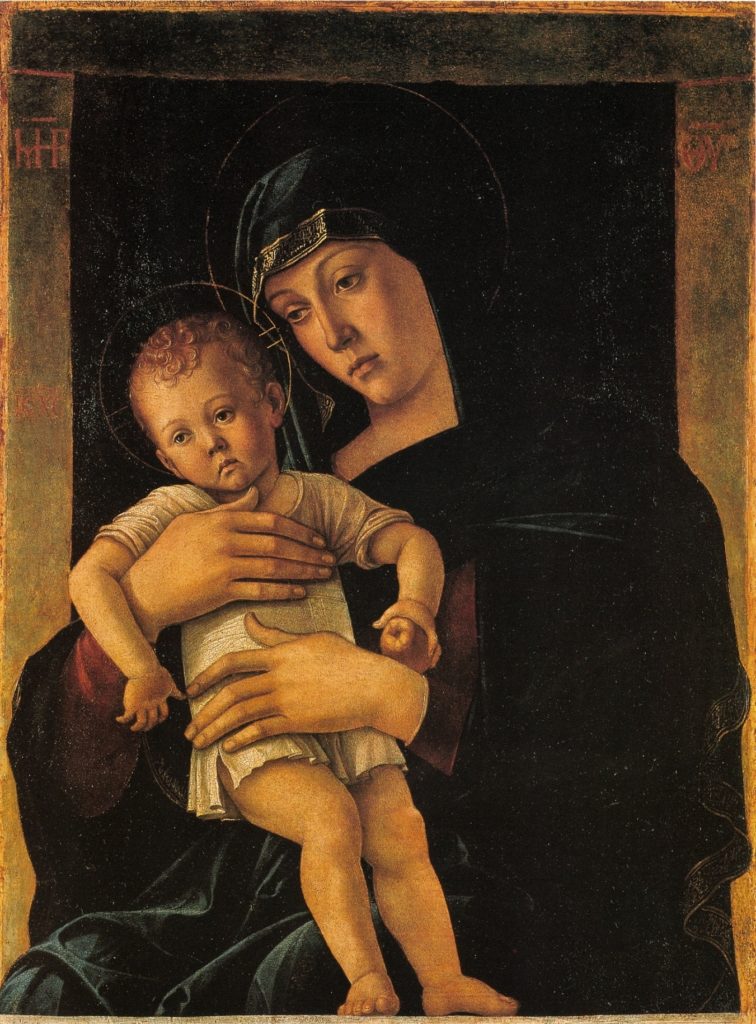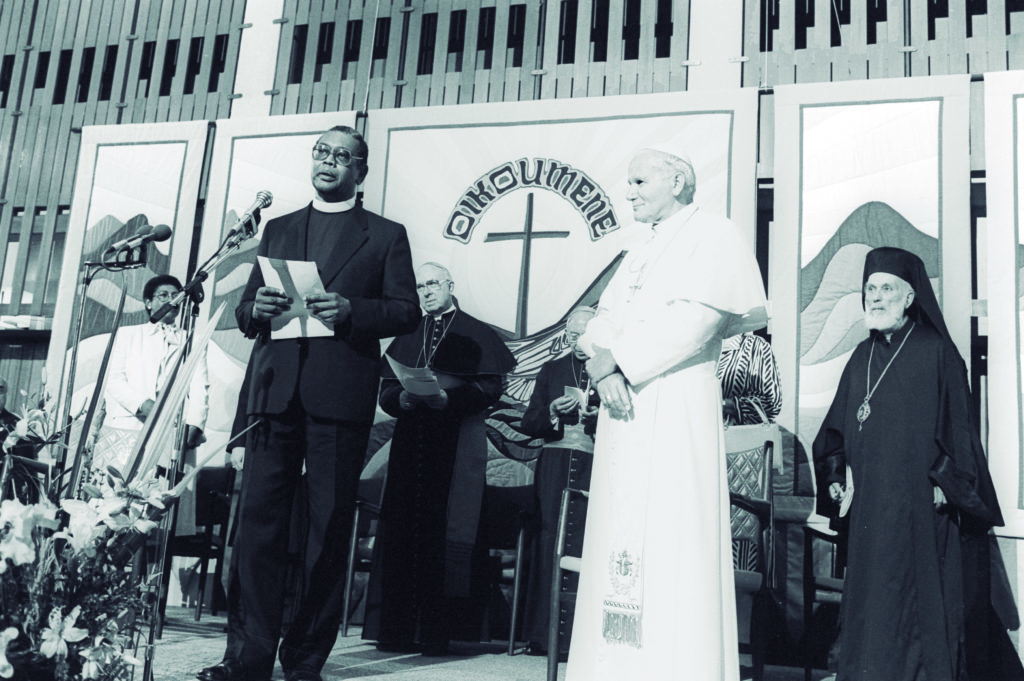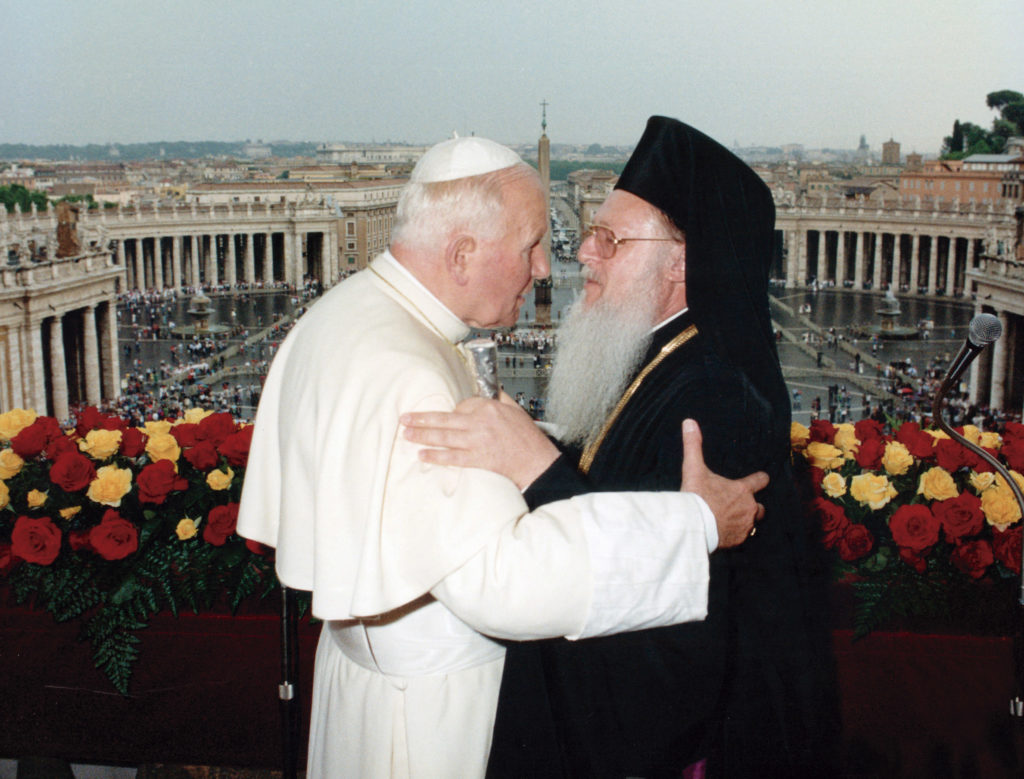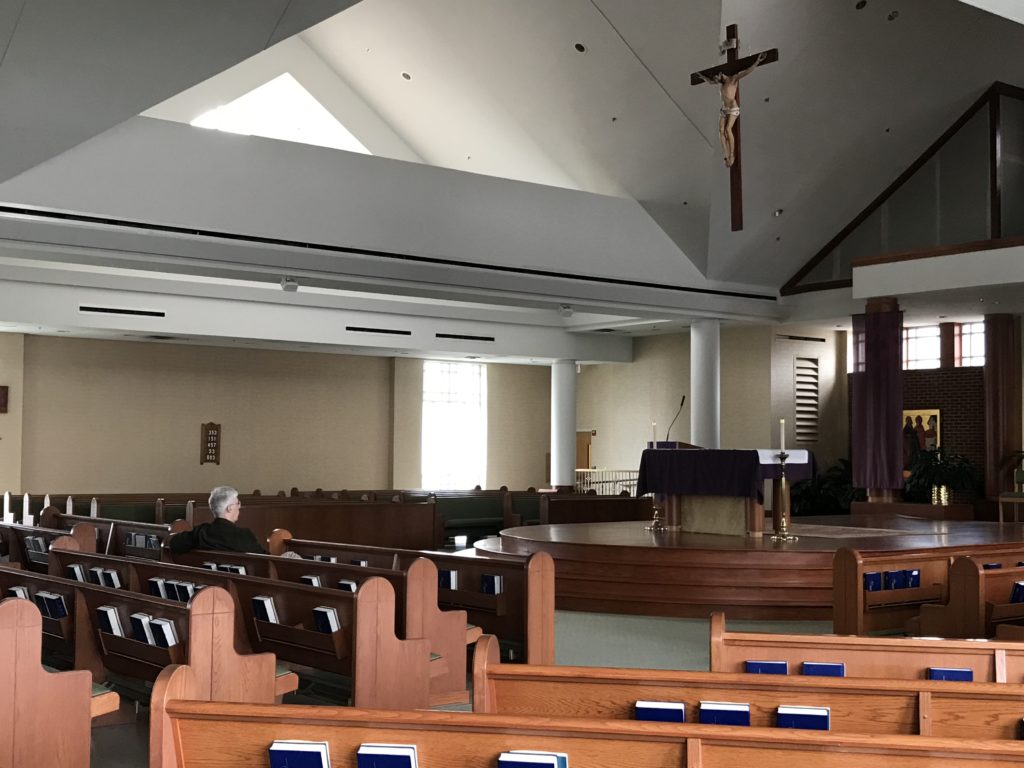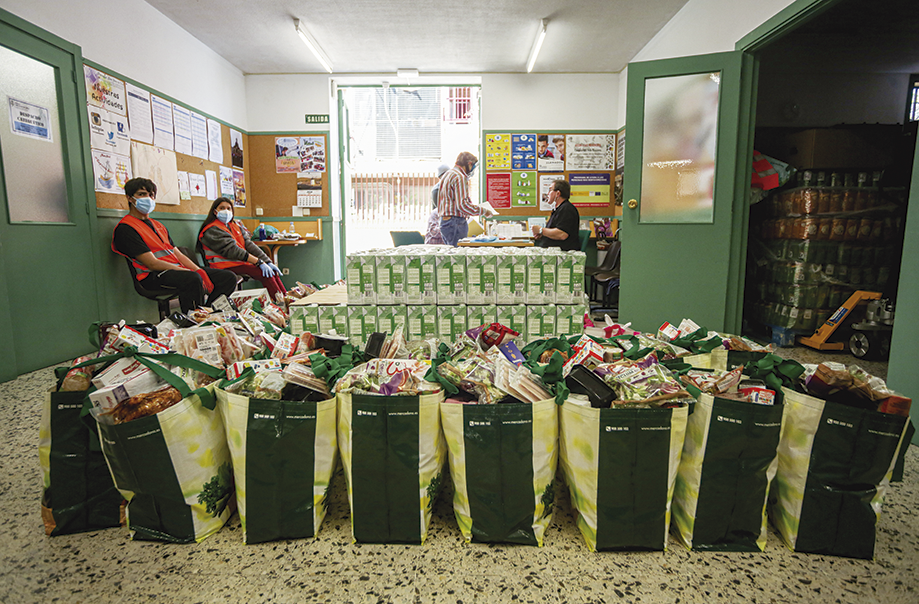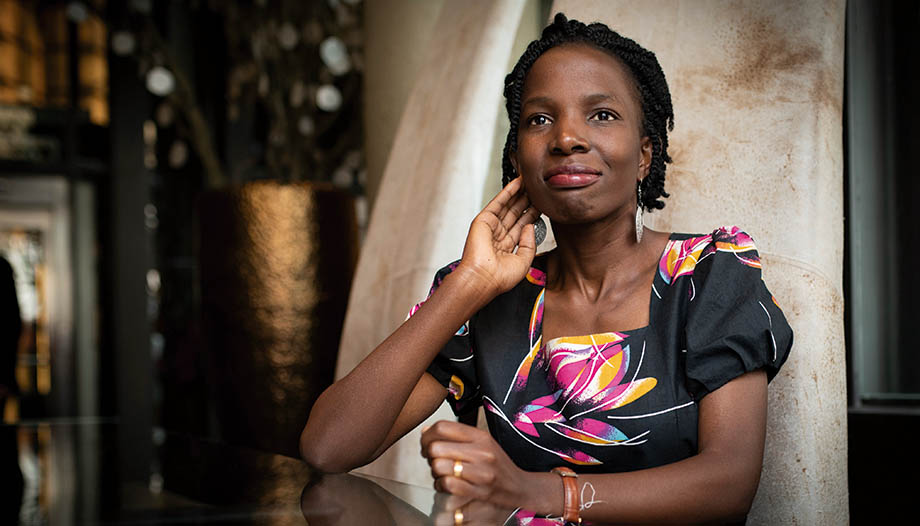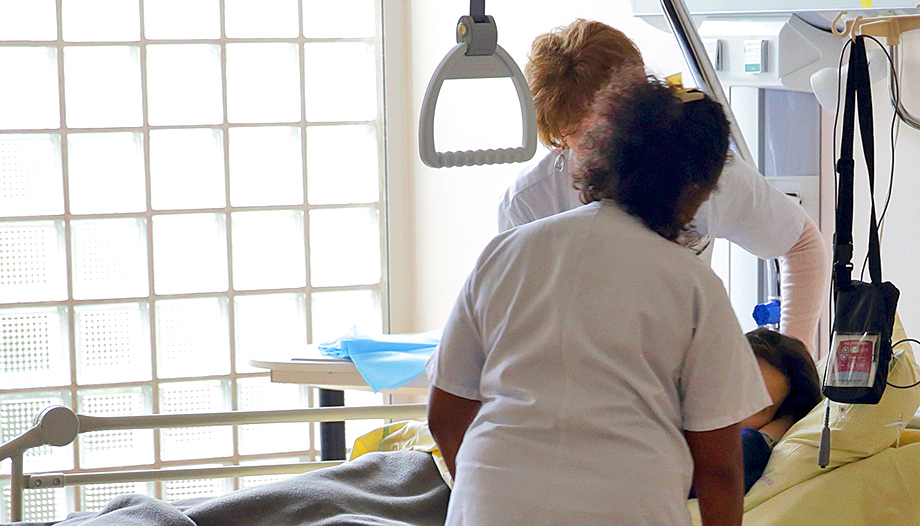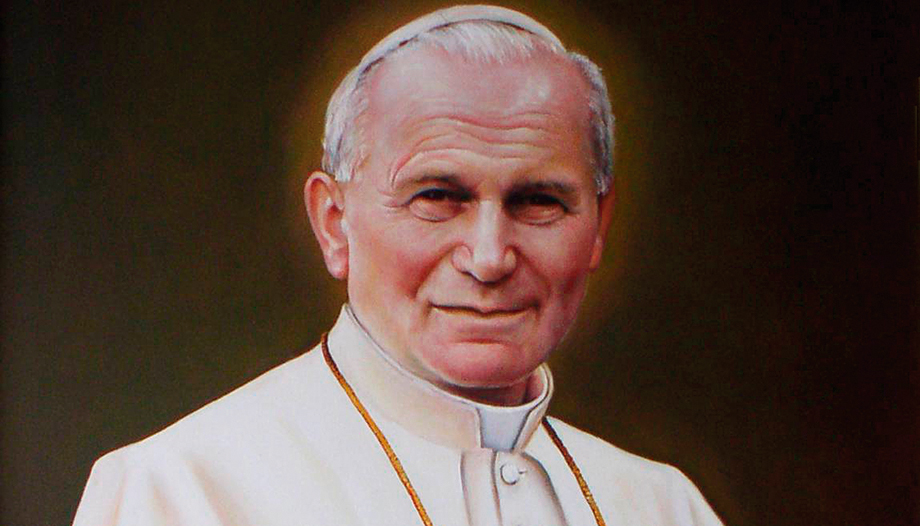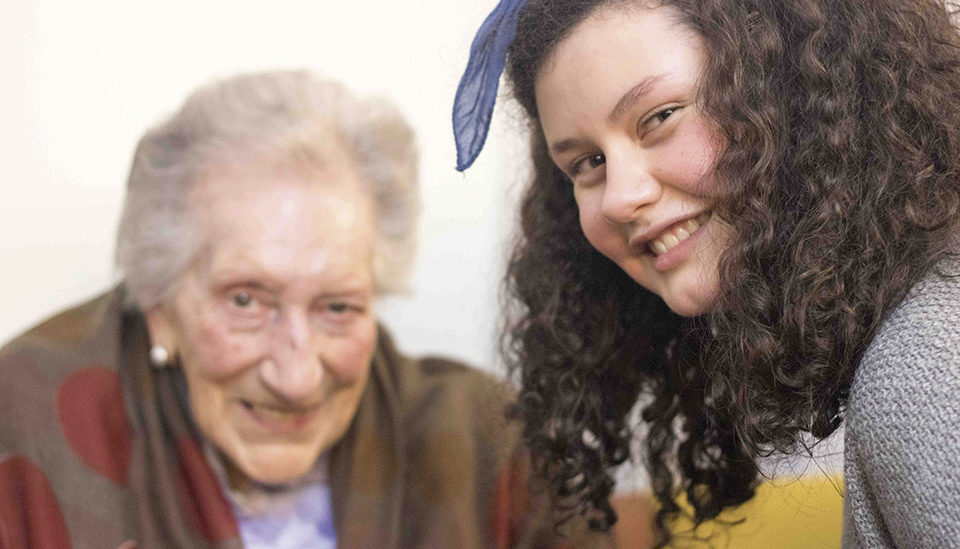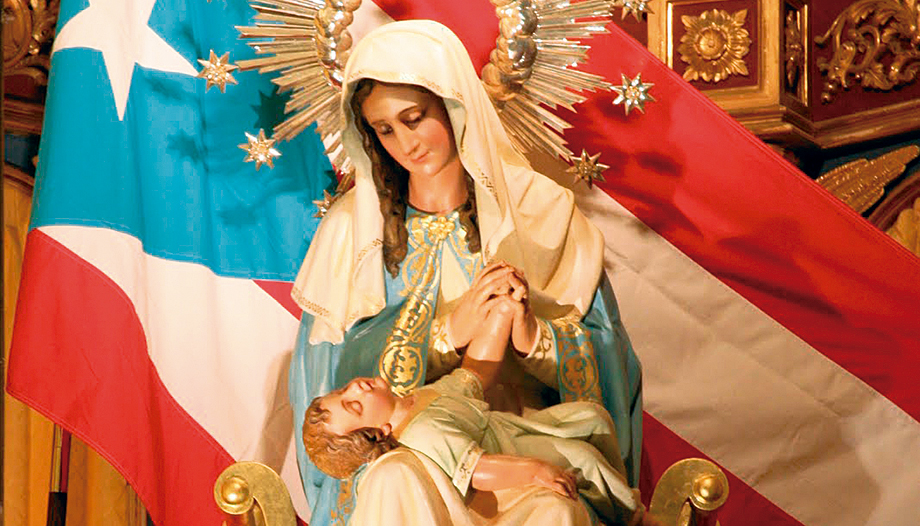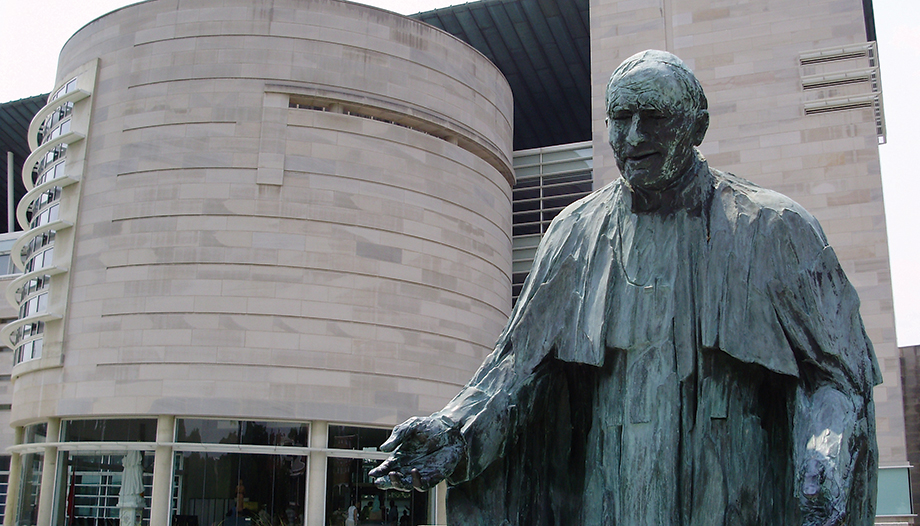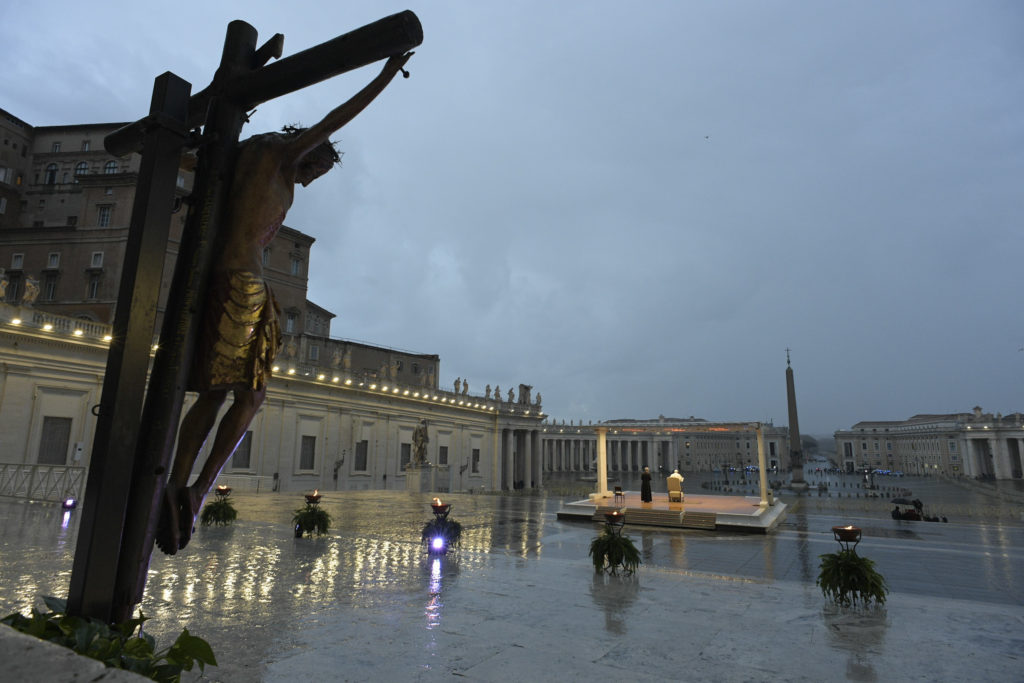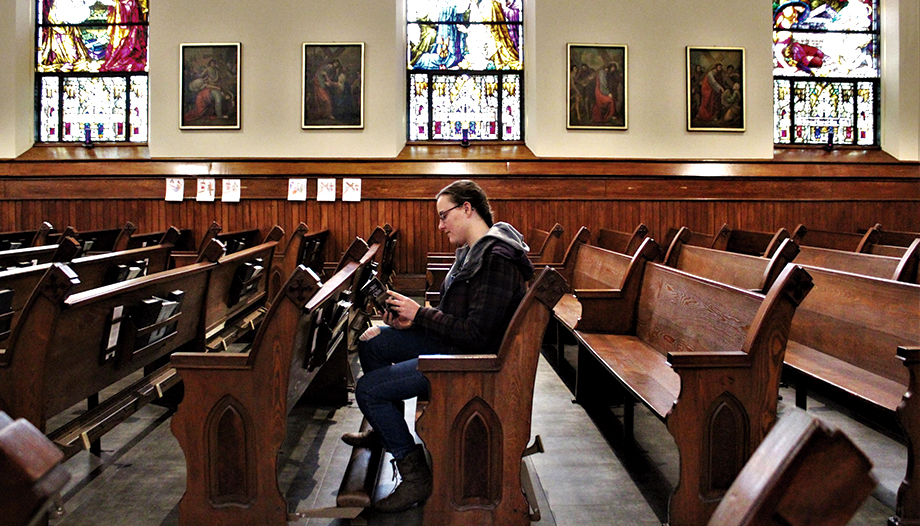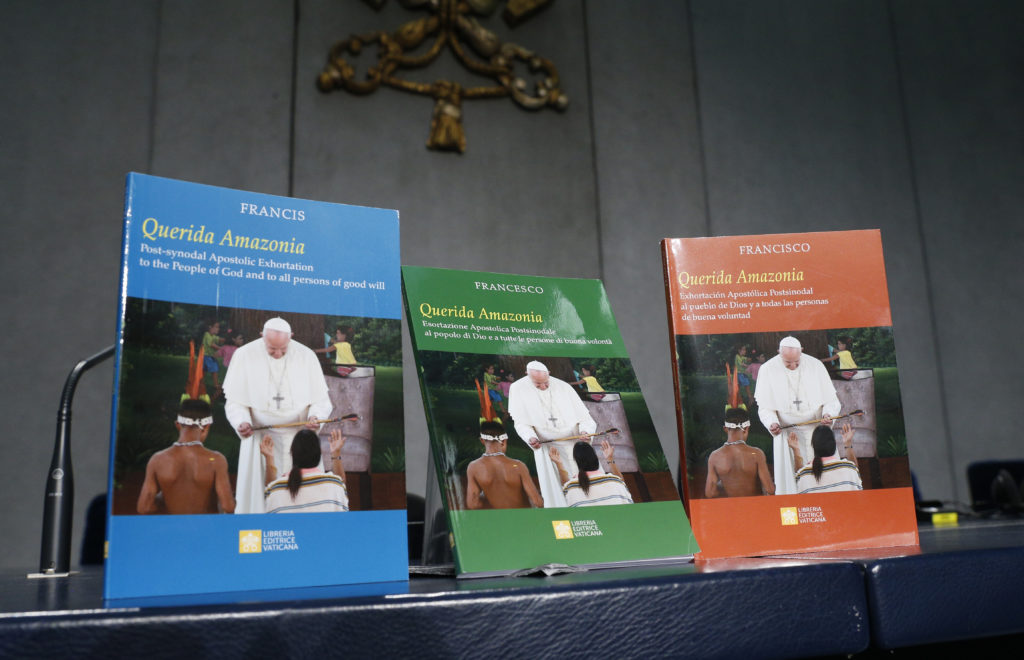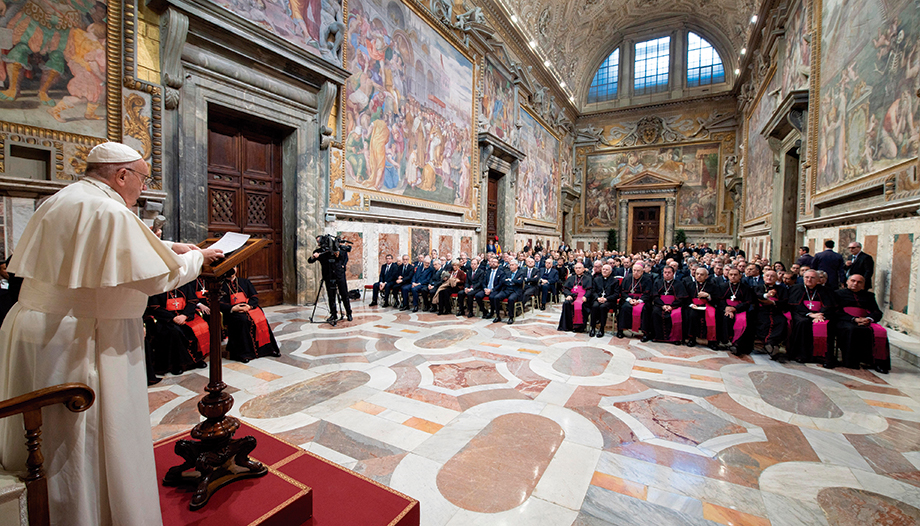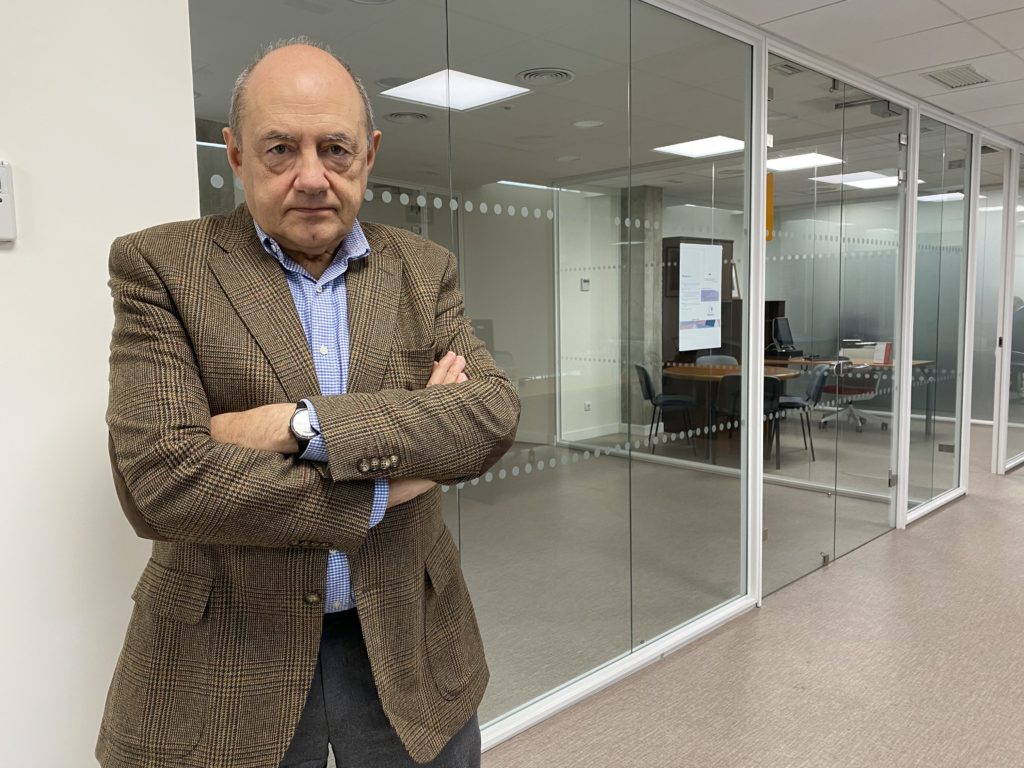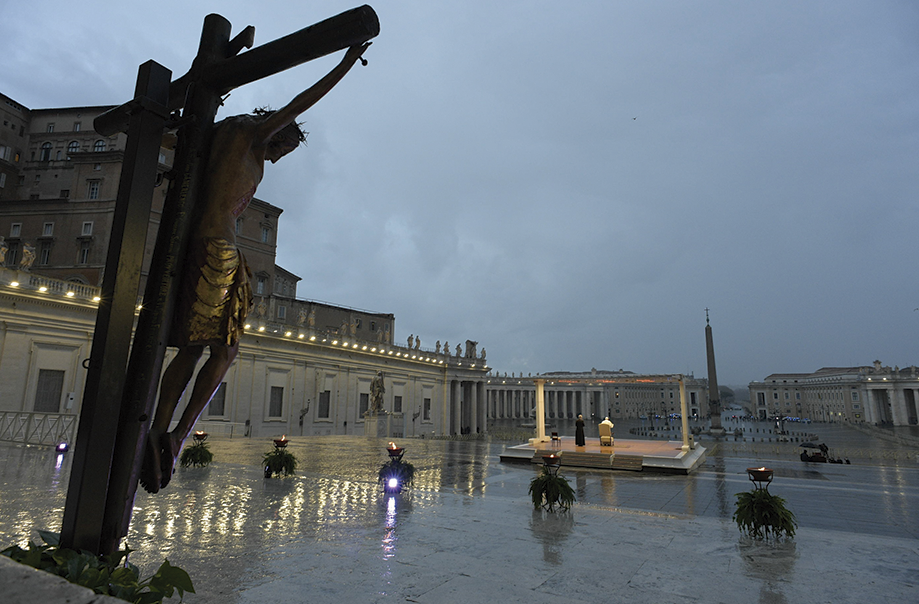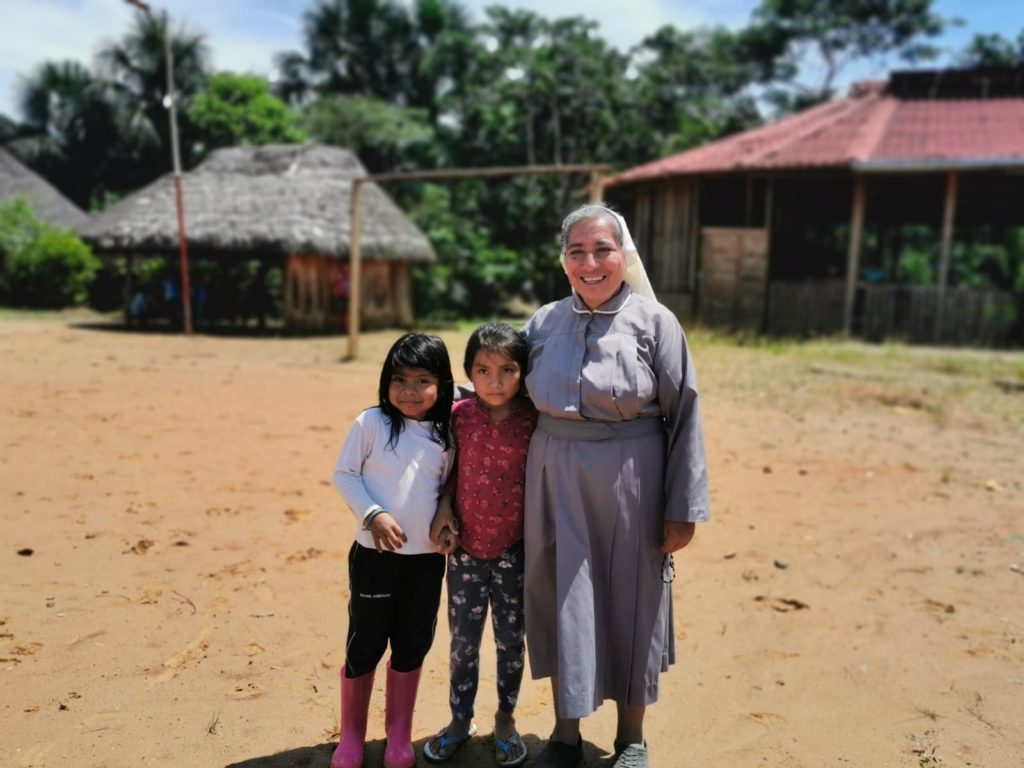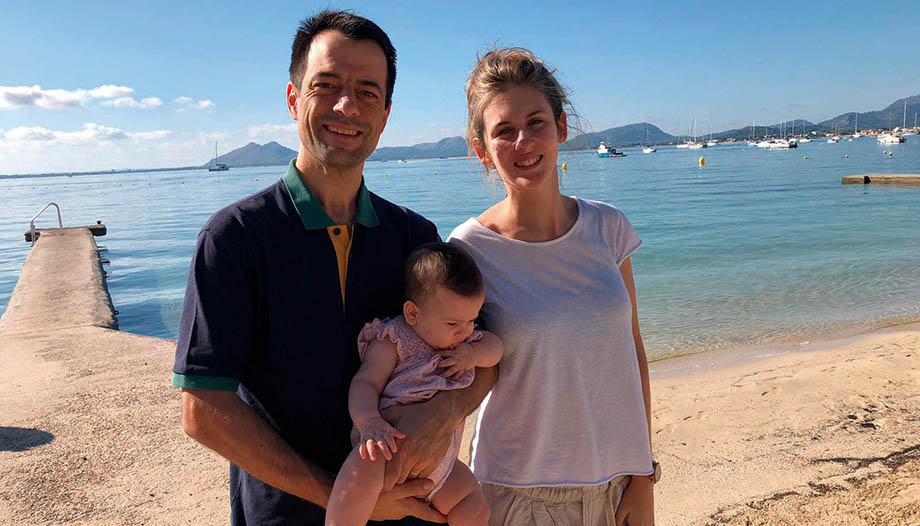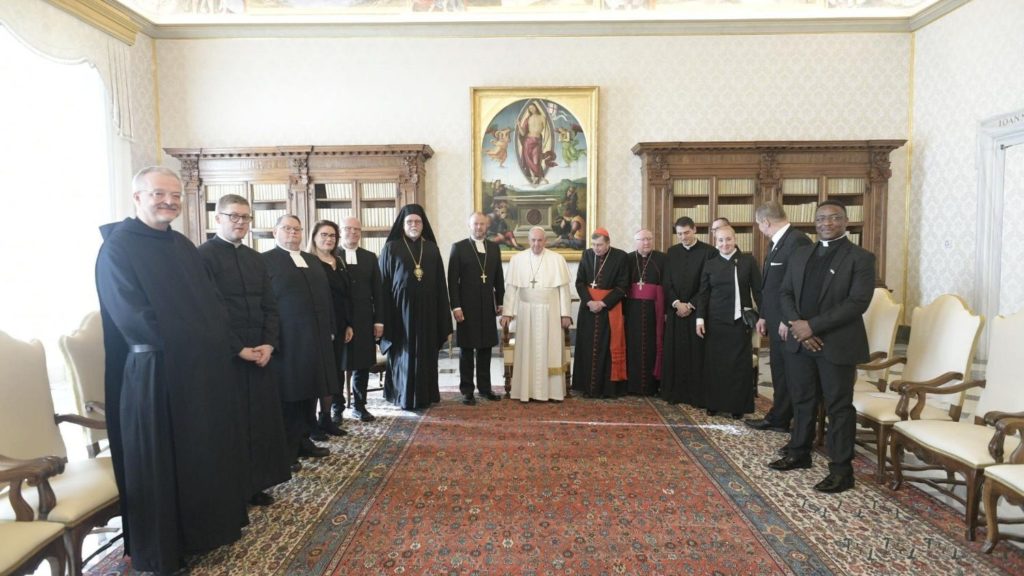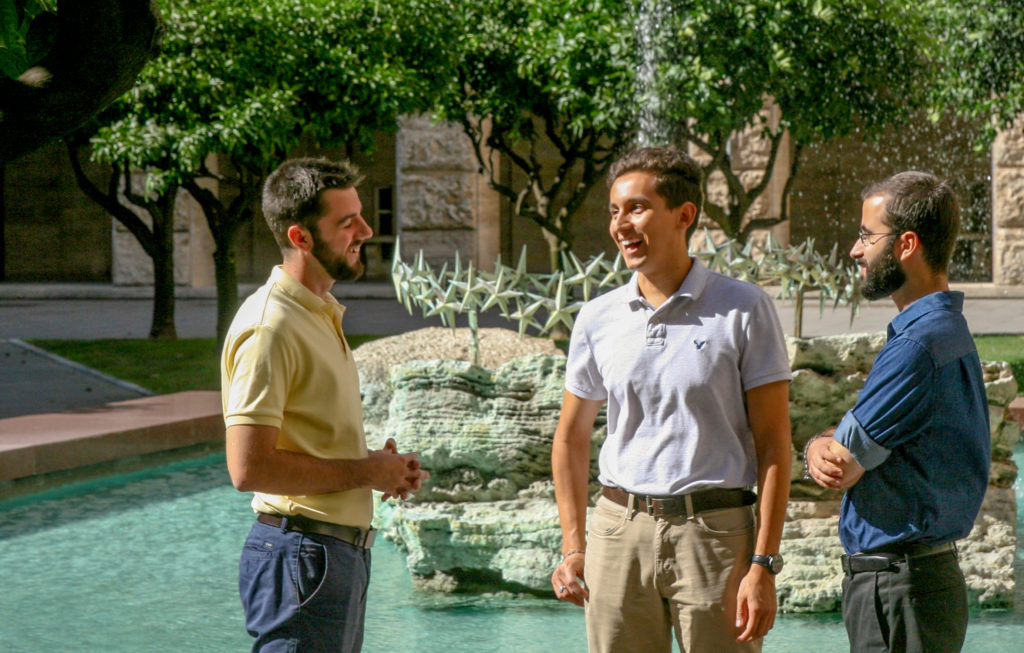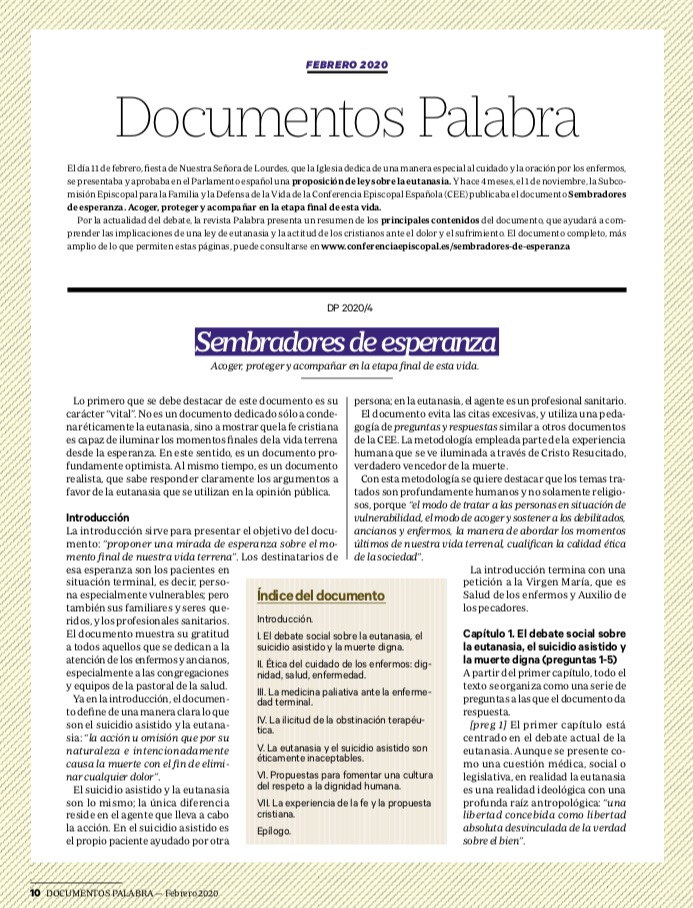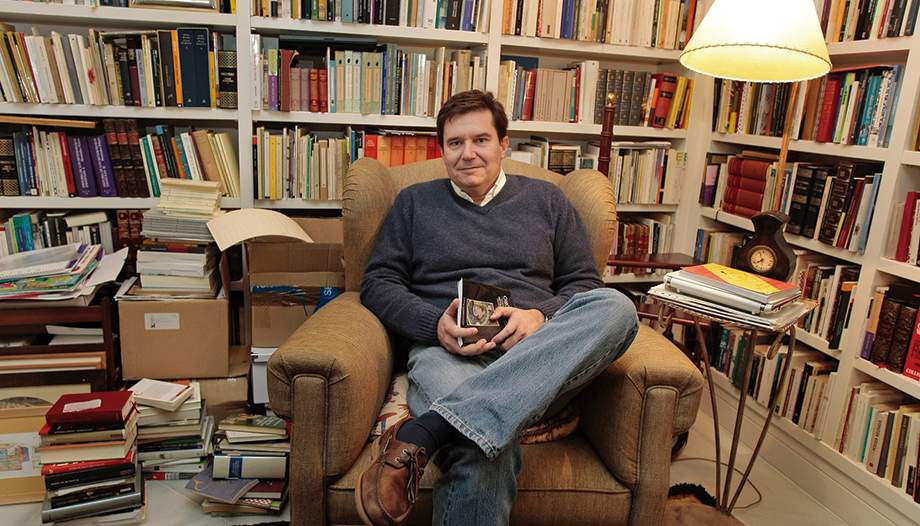If you want to find the source,
you have to go upstream, against the current.
Push yourself, search, don't give in,
You know she has to be here (...)
Two single lines of the poem Sourcewritten by "the Gospel Wayfarer," Karol Wojtyła, later St. John Paul II. Born 100 years ago, on May 18, 1920, in Wadowice, a small Polish village located in southern Poland, 50 kilometers from Krakow. Poetry that reflects a resolute personality, which would leave a vast cultural imprint, of a man very much of God and at the same time very human, acclaimed as one of the most influential leaders of the twentieth century.
Perhaps it is this tenacity, determination, the appeal of "John Paul the Great," as he would also be called after his death, who has bequeathed a global cultural influence throughout the world.
Personality
What other traits of his personality have been so attractive to the culture in the hundred years since his birth?
Of course, the joy of the "pilgrim Pope," which would captivate so many institutions and people. St. John Paul II integrated the medicinal character of good humor in the face of any problem, and was convinced that it was not worth letting himself be overcome by discouragement in the face of the disasters of the world in which he lived, including the internal deviancy of the Church he led, which he had to recognize, but with the firm purpose of overcoming them.
Moreover, his humility was impressive, as reflected in his gesture of kissing the soil of the continents he visited on his 104 trips outside Italy, which, by the way, meant almost 29 times around the Earth - or 3 times the distance between the earth and the moon. Or his detached attitude in the face of so many appointments and mentions, such as that of the man of the year of the magazine Time. His spokesperson says that, when a copy of the magazine was brought to him in the dining room, during the meal he flipped over the cover, uttering a "I don't want to feed my vanity, don't believe me too much.".
We could go on and on about the richness of the personality of this traveling Pope, but suffice it to say that he left a vast cultural legacy, part of which we would like to highlight below.
Other information and analyses on the person and work of St. John Paul II have been collected in previous issues of the magazine and, above all, in the rich special issue on the occasion of his death in 2005.
Some institutions dedicated to his legacy
The magnitude of John Paul the Great makes it impossible to summarize the many cultural initiatives inspired by his person and his message. In this special issue, we have chosen to refer to just a few of them, which, in the celebration of the centenary of his birth, can shed light on the firm and extensive imprint left by his passage through this life.
The main aspects of the pastoral effort, the magisterial developments or the philosophical contributions and historical impact of this great figure can be recalled elsewhere.
–John Paul II "Do not be afraid" Center, Krakow (Poland). It is an institution dedicated to the study of the life and works of the Polish Pope, instituted by the Polish nation in thanksgiving for the pontificate of Karol Wojtyła. The name is taken from the words of the Holy Father pronounced in the year 1978 during the Mass for the inauguration of the pontificate: "Do not be afraid - open wide the doors to Christ!".
Its purpose is to disseminate and develop in a creative way the heritage of the Polish popeThe Foundation's mission is to promote spirituality, culture and traditions related to his person, as well as his scientific and educational activity, and to help those in need. Its headquarters are located next to the Sanctuary of the Divine Mercyon the land formerly owned by the Solvay chemical plantin Jugowicach.
The complex contains the church of St. John Paul IIThe house (which houses a museum, library, chapel, oratory and conference center), the spiritual retreat center, the volunteer training center, the tower with its view terrace, hotel service, open amphitheater, Stations of the Cross, mobile park, etc. As a curiosity, it is worth mentioning that in 2011 a relic of the saint was placed in the lower chapel of the shrine of John Paul II: a vial of blood, placed inside the altar.
-John Paul II Theological Institute for the Sciences of Marriage and the Family, Madrid (Spain). The genesis of the institution is found in the John Paul II Pontifical Institute for Studies on Marriage and the Familyestablished by the apostolic constitution Magnum Matrimonii SacramentumThe Family Foundation, founded on October 7, 1982, at the request of St. John Paul II, was dissolved after the recent synods of the family and the exhortation of the Holy Father. It was dissolved following the recent synods on the family and the exhortation Amoris laetitiaand in its place was erected the Pontifical John Paul II Theological Institute for the Sciences of Marriage and the Family with motu proprio by the Supreme Pontiff Francis on September 8, 2017, Summa familiae cura.
It aims to promote the renewal of the evangelization of the family raised in the 2014 and 2015 synods sponsored by Pope Francis, providing second and third cycle ecclesiastical teachings about the Family. Specifically, it offers a Bachelor of Theology of Marriage and the Family, a Bachelor of Science in Marriage and the Family, and an annual diploma Expert in Marriage and Family Sciences.
He is affiliated with the institution of the same name at the Pontifical Lateran University in Rome.
-John Paul II Foundation, Vatican City. Created to promote initiatives of an educational, scientific, cultural, religious and charitable nature related to the pontificate of St. John Paul II, it is presided over by the Archbishop of Krakow. Its activities include: scholarship programs, such as those for students from the republics of the former Soviet Union and Eastern Europe studying at the Catholic University of Lublin and the Pontifical University of John Paul II in Krakow; a House in Rome for welcoming pilgrims and holding meetings; and a Museum and a Center for Documentation and Research on the Pontificate of John Paul II, which are housed in the same House.
-John Paul II Youth Foundation, Rome (Italy). Institution established as a public juridical person on June 29, 1991 by the President of the Pontifical Council for the Laity, for the purpose of "to cooperate in the implementation of the teachings of the Magisterium of the Catholic Church regarding the priority of youth ministry, particularly as manifested in the World Youth Days", and to promote the evangelization of young people and support youth ministry throughout the world.
-John Paul II Foundation for Sport, Vatican City. It is a foundation created in 2008 and inspired by the Polish saint, who addressed the theme of sport in some 120 speeches and messages.
-John Paul II Foundation, Florence (Italy). The foundation John Paul II for dialogue, cooperation and developmentwas founded in 2007, and its general action has produced great results especially in Israel, in the West Bank and Gaza Strip, in Lebanon and Iraq, with interventions and projects that have sought to create the conditions for a comprehensive and long-term development, particularly in the social, educational and health fields.
One of the Foundation's constant and priority objectives has been to create new jobs, convinced that only the dignity of work contributes to the creation of true social justice.
The name of the foundation comes from sympathy for the Polish Pope, who had died a couple of years before its inception. St. John Paul II had a special sensitivity towards Christians in the East.
-National Shrine of St. John Paul II, Washington DC (United States). It is a place of pilgrimage, which has a very exclusive relic: the blood of St. John Paul II, which is available for veneration.
As its website highlights, through liturgy and prayer, art, cultural events and religious celebrations, pilgrims can celebrate the Polish saint's deep love for God and man. A large permanent exhibit highlights significant events in the life of St. John Paul II and his far-reaching influence as a spiritual father and world leader.
From its inception, the shrine was intended as a response to the pilgrim pope's call for a "new evangelization," repeated by Popes Benedict XVI and Francis. The United States Conference of Catholic Bishops elevated the shrine to a national shrine on March 14, 2014.
It is a major pastoral initiative of the Knights of Columbus, a lay fraternal organization with nearly two million members around the world. Faithful to the mission and legacy of St. John Paul II, in 2011 the Knights established a shrine in his honor in the U.S. capital.
-John Paul II Catholic University, Lublin (Poland). Founded in 1918 by the Polish episcopate and established in Lublin, it is one of the oldest universities in Poland (after those of Krakow, Wroclaw and Warsaw), and is entrusted to the Sacred Heart of Jesus. Closed during the Nazi occupation, it reopened its doors in 1944, and later it would be constrained again by the communist regime installed in Poland, closing its teaching and confiscating its properties. Nevertheless, during the Polish communist period, KUL was the most important Catholic university center of thought in Poland and the only independent university in the entire Soviet bloc.
In the 1970s and 1980s, it opened up to the world and established contacts with other foreign universities, reopening several of its institutes that had been closed by the communist government.
A remarkable event in the history of this university institution was the election of Cardinal Karol Wojtyła in 1978 as pontiff (since 1954 he had been the director of the Chair of Ethics of the Department of Christian Philosophy there). In 1987 Pope John Paul II visited the University, and in his honor a statue was installed, along with another of Cardinal Stefan Wyszyński. Later, at the opening ceremony of the 2005-2006 academic year, on the occasion of the death of its former professor Karol Wojtyła, the Catholic University of Lublin adopted the name "John Paul II Catholic University of Lublin".
In Krakow there is also the John Paul II Pontifical University. In February 2010, the Pontifical Theological Academy was renamed the Pontifical Theological Academy, where the traditional Faculty of Theology was established. Theology Jagiellonian University.
-Karol Wojtyla Institute - San Juan Pablo II, Madrid (Spain). It is a non-profit association, formed by lay people and registered in the register of associations of the Autonomous Community of Madrid. The Institute is independent of ideologies or political parties. Another feature of the Institute is the multidisciplinary nature of the topics; and also the willingness to collaborate with anyone, whatever their ideology or religious confession.
It organizes activities for reflection and debate on topics related to the Magisterium of St. John Paul II, such as anthropological questions, bioethical issues, ecumenism, interreligious dialogue, the social doctrine of the Church, Church-State relations, etc. All the activities of the Institute strive to be faithful to the Magisterium of St. John Paul II.
-John Paul II Center, Pennsylvania (United States). This U.S. institution is aimed at minors and adults with handicaps or special educational needs, and offers them a variety of programs inspired, according to its website, by the sanctity of human life.
-John Paul II Center for the New Evangelization, Milwaukee (USA). It is a community that seeks to bring its public closer to Jesus Christ through the sacramental life of the Church, so that they in turn can make disciples in their homes and workplaces.
For this purpose, it has, among others, formation programs in theology, marriage and family life, and the dignity of the human person.
-John Paul II Center for Divine Mercy, Ottawa (Canada). The mission of this center is to proclaim God's mercy to every person, helping parishes to become more aware of this mystery of divine love, under the protection of St. Mary, Mother of Mercy.
It was founded in 2006, and is inspired by the message of mercy that Our Lord communicated to the Polish nun Faustina Kowalska, canonized by St. John Paul II.
St. Faustina, in one of her encounters with Jesus, asked him how to bring the message of divine mercy to the whole world. Our Lord told her that this message would be spread from Poland; the Polish Pope helped to spread this message.
-John Paul II Center for Women, New York (United States). As the presentation of this institution on its website highlights, quoting St. John Paul II, "as goes the family, so goes the nation, so goes the world in which we live."The words he spoke in Perth, Australia, on November 30, 1986.
It aims to assist individuals, couples and families, to whom it provides training in various subjects, especially in relation to love, human dignity, and women's fertility - in particular natural methods of fertility regulation.
-John Paul II Centre for Life, Canterbury (New Zealand). This center aims to promote the culture of life, marriage and family. All this through prayer, education and service. It offers special assistance to mothers who have had unwanted pregnancies and may consider abortion.
One of his initiatives is the creation of the "Book of Life", in memory of unborn children: those who have lost a child through miscarriage can notify it for its inscription and special prayer at the weekly Mass offered for its soul.
Some monuments and public spaces
For reasons of space in this section we limit ourselves mainly to Spain and some cities in the world, without pretending to mention them all.
Many cities have monuments dedicated to St. John Paul II, including Madrid, Oviedo, Seville, Mexico City, Denver, Rome, San Cristobal de La Laguna, Sydney and Posadas.
In several places in Spain there are parks dedicated to the Polish pope. Among other cities, in Madrid, where there is a commemorative monolith inscribed with the words of St. John Paul II: "With open arms I hold you all in my heart." dedicated to the people of Madrid on the occasion of his visit in 2003. Other cities are Alcalá de Henares, Boadilla del Monte, Las Palmas de Gran Canaria, Ciudad Real, Alicante or Jaén.
In Medellín (Colombia), is located the John Paul II Airport, a water park with a multitude of offers and facilities for its visitors. In 1995 Krakow's airport, which is the second busiest airport in the country, was renamed from Krakow-Balice Airport to that of John Paul II International Airport Cracow-Balicein honor of the Polish Pope who spent many years of his life in Krakow. For commercial reasons, the official name was shortened in 2007 to John Paul II Krakow Airport.
Also the airport of Sao Miguel Island, in the Azores (Portugal), is currently called John Paul II Airportin honor of the pilgrim Pope, who visited the Azores in the 1990s.
-John Paul II Peninsula, Livingston Island (Antarctica). This is a peninsula ice cover on the north coast of Livongston Island in the South Shetland Islands, Antarcticabordering the Hero Bay east and the Barclay Bay to the west. The name was chosen in honor of Pope St. John Paul II for his contribution to world peace and understanding among people.
-John Paul II Bridge, Gran Concepción (Chile). The John Paul II Bridge, formerly known as the New Bridge, is the most important bridge largest road in the world. Chile. It is 2,310 meters long and crosses transversally the Bío-Bío River at the height of the communes of Concepcion y San Pedro de la Paz.
Cinema, theater...
There are a number of films dedicated to the Polish pope, in particular The Pope's bath, Karol: the Pope, the man, A man who became Pope, The child and the Pope, Do not be afraid: the life of John Paul II.
St. John Paul the Great himself, by virtue of that communicative and artistic talent that had accompanied him from a young age, composed a play in 1956, The goldsmith's workshop, a "meditation on the sacrament of marriage sometimes expressed in the form of a drama".. It deals with love and marriage through the story of three couples. It has also been filmed.




